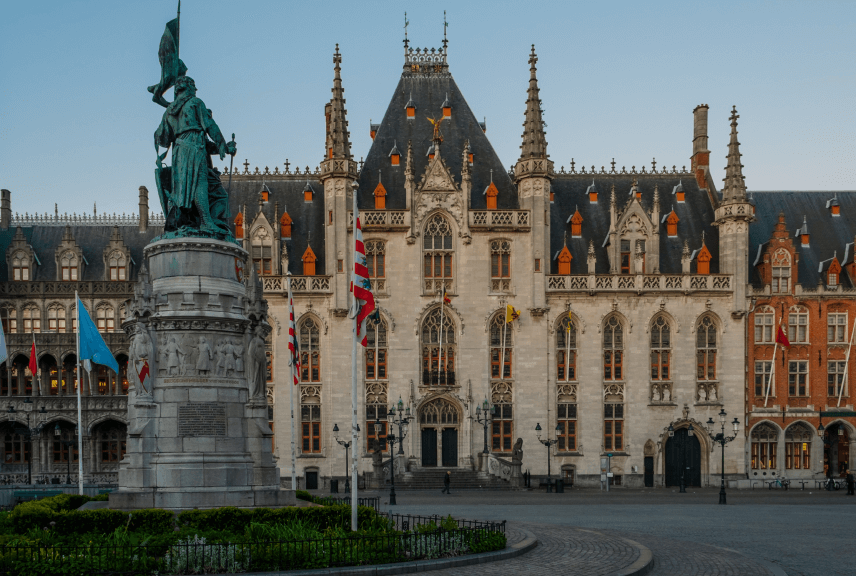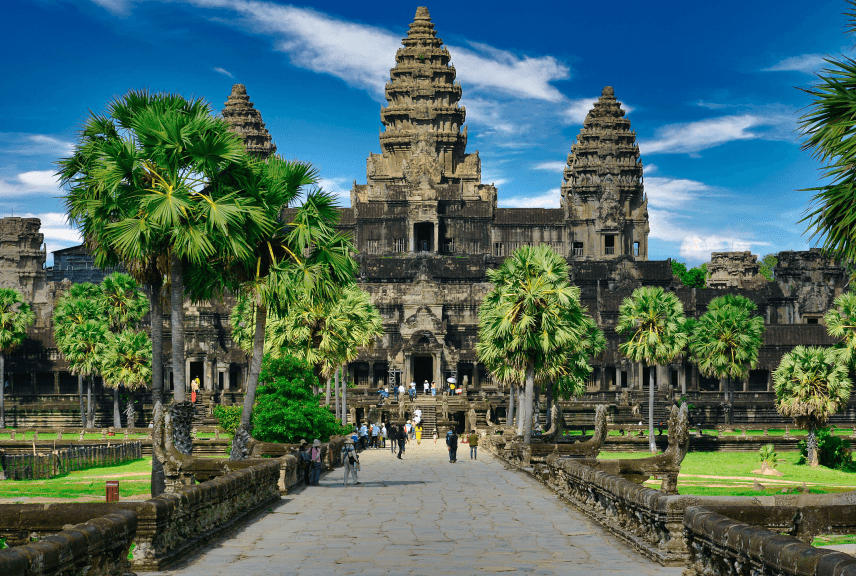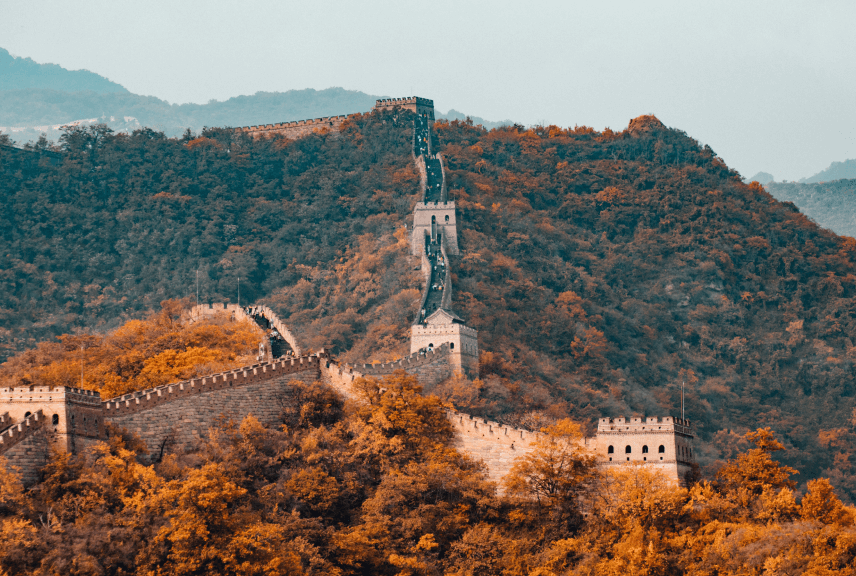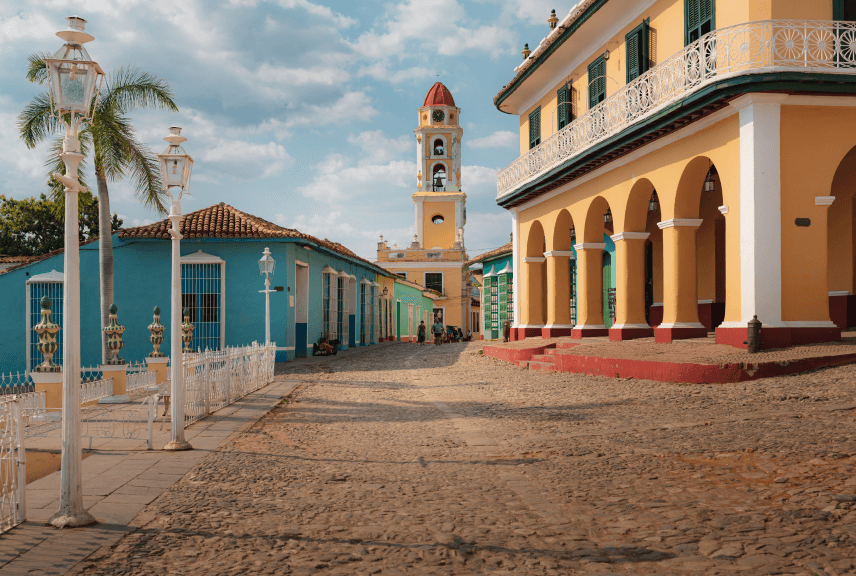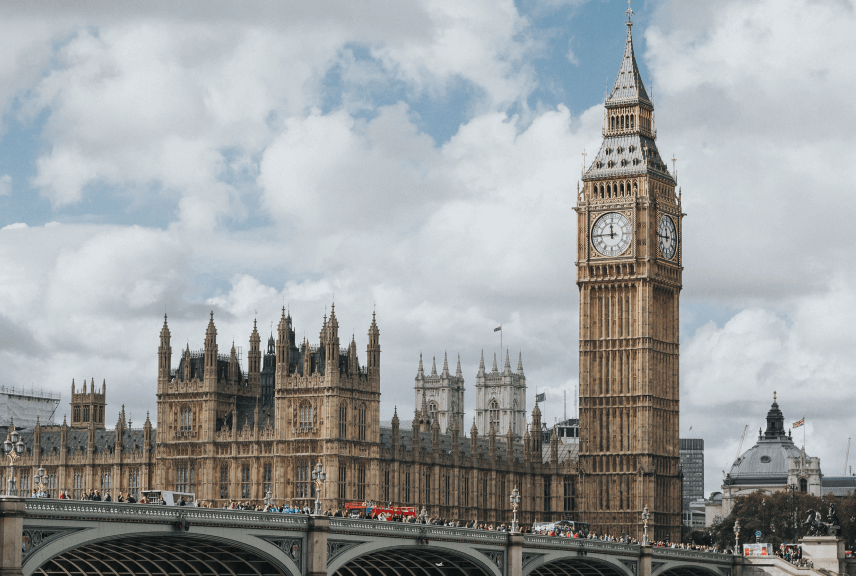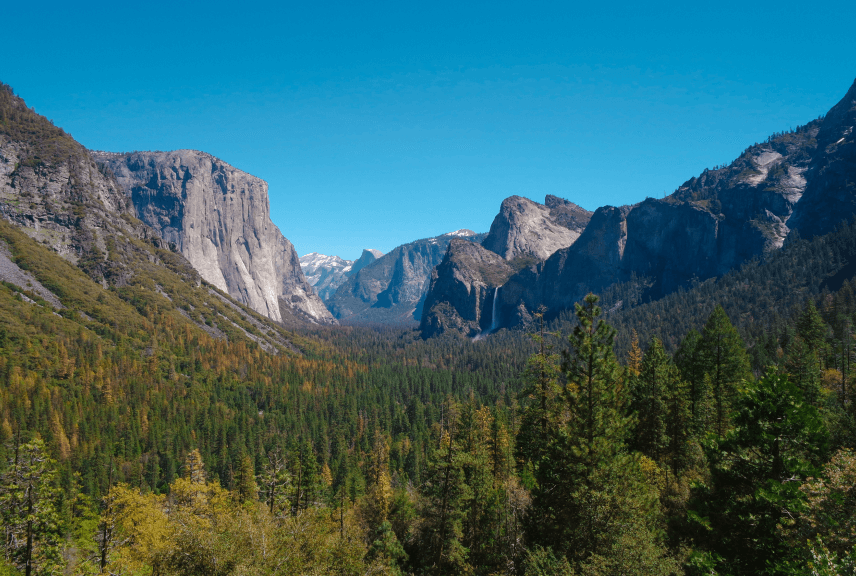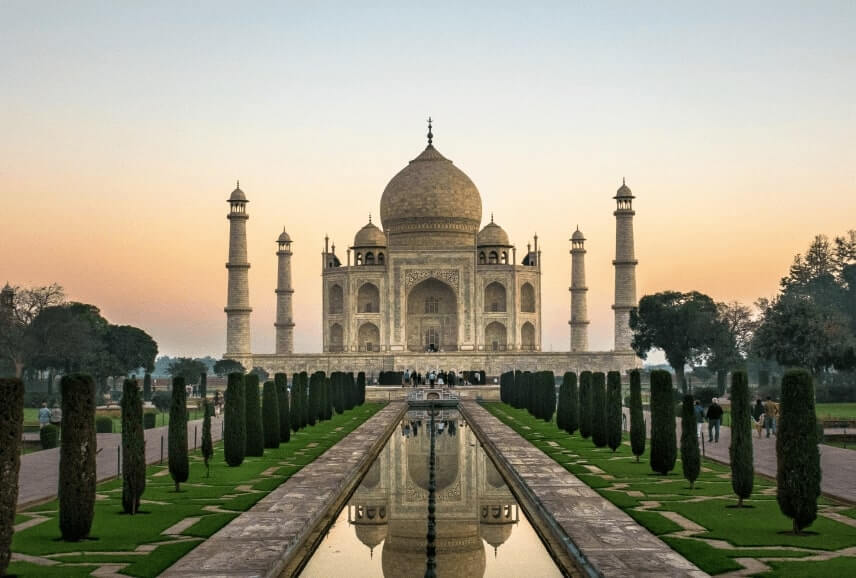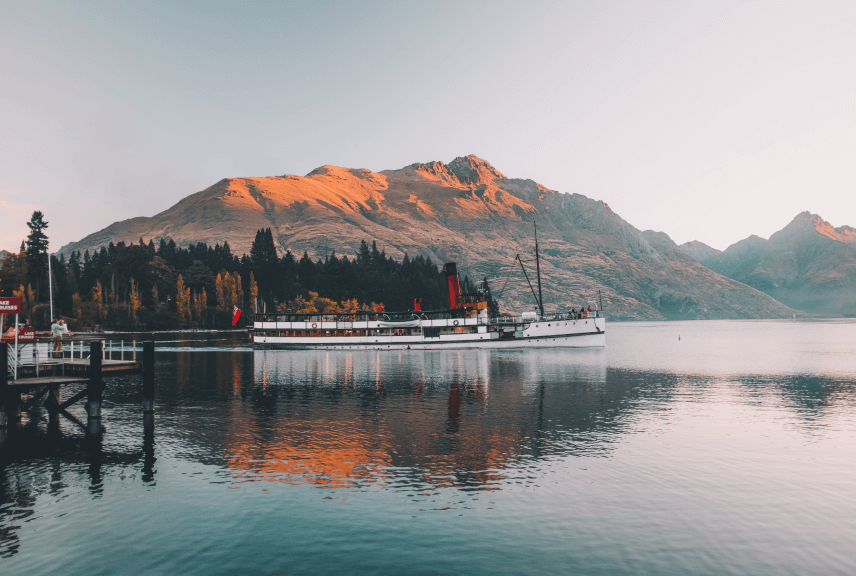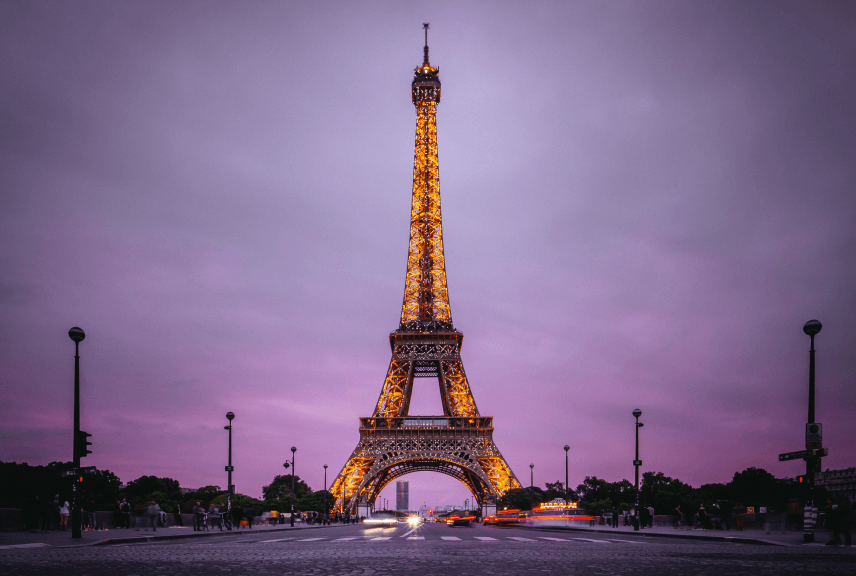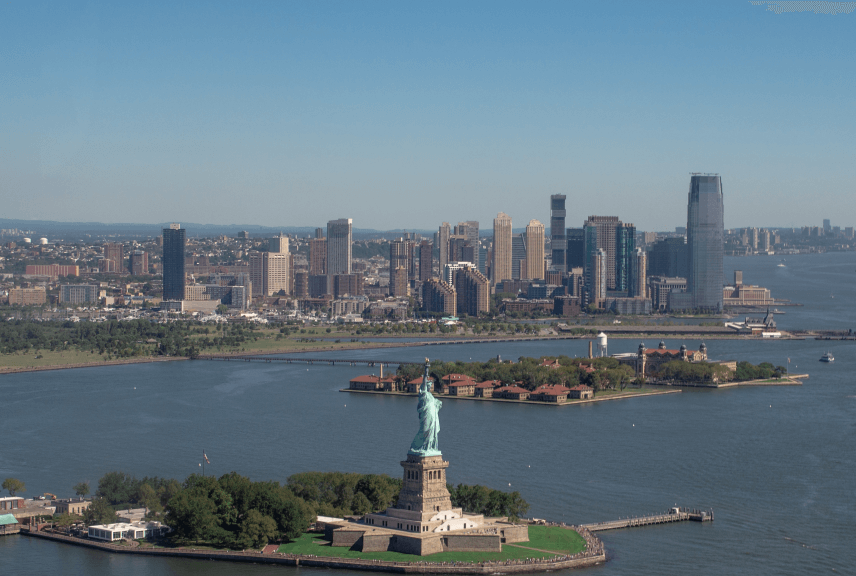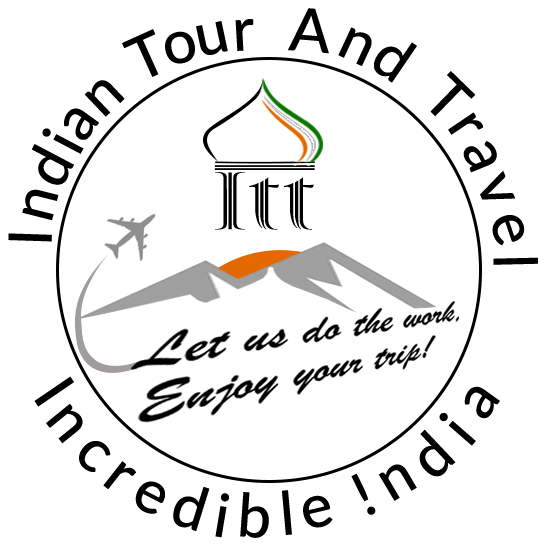NORTH : Agra- Udaipur Rajasthan-Varanasi-Amritsar-Shimla
SOUTH : Cochin- Goa-Chennai
EAST : Calcutta(Kolkata)
WEST : Mumbai (Bombay-Darjeeling)
India tours depend heavily on the the climate because the India weather. The seasons play a key factor in any India travel. The sub-continent is so vast, 2,000 miles from north to south and west to east, nearly as far, that the India weather and temperatures are so different in the north, central and southern areas.
The climate for India tours can be generally regarded as three seasons – hot, wet (the monsoon) and cool, and each varies both in degree and duration. India tours are usually best during the cooler period from November to mid or late February.
From March, India tours weather starts becoming rapidly warm as the heat starts to build up on the northern plains. By this time in Rajasthan temperatures have reached the mid 30°C’s. Travel to India in May sees temperatures in Delhi and Agra and the Taj Mahal are nudge above 40°C.
India weather in the central area means that temperatures of 45°C and above are commonplace. South India also becomes uncomfortably hot during this time. India tours late in May may involve encountering the early monsoon in some areas with high humidity, electrical storms, short rainstorms and dust storms that turn day into night.
The Monsoon
When the monsoon finally arrives the rain comes in steadily. In the extreme south it arrives at the beginning of June and moves northwards to cover the whole country by early July. The main monsoon arrives from the southwest but southern Kerala and the southeast coast are largely affected by the short and wet northeast monsoon, bringing rain between October to early December.
Travel to India in the monsoon and you can expect hot, humid and muddy conditions. It may not rain all day but it rains virtually every day. Humidity rises as the sun follows and this creates an unpleasant and tiring atmosphere. Most foreign tourists start their travel to India tour from October when the monsoon has ended in most of the country, though the best period for Ladakh is May to October.
October and November is neither too hot nor too cool, though in some parts October can still be humid. Between mid-December and mid-January Delhi and other northern cities can become surprisingly cold, especially at night though temperatures are comfortably warm at this time in the south.
India Tours Climate Summary
North : The northern plains are at their most temperate, dry and sunny from October to March. Delhi and nearby States can experience light to heavy fog during mid-December to mid January, but south into Rajasthan can be relatively unaffected. North of Delhi, freezing temperatures are sometimes encountered at night. When the Sun burns off the mist, temperatures rise again. May and June are extremely hot.
Himalayan Foothills and beyond : : The hilly regions are at their best from March to October, except during Monsoon, when there is some relief from the heat of the plains. There can be snowfalls in some of the hill stations late December to February. Further north, Kashmir and Ladakh have their best season in July and August, since the region is in the rain-shadow of the first row of Himalayan Mountains.
East and West : The central belt is subject to Monsoon rains, with the coastal areas being rather humid, and the inland hotter during the day and cooler at night.
South : There is a significant variation in conditions in the South, with November to April being the best months. It remains hot throughout, with the exception of the Hill Stations, which are cooler. Monsoon is at its peak from June to August on the West coast, but the rather drier eastern side has its rain mostly from October to December.
